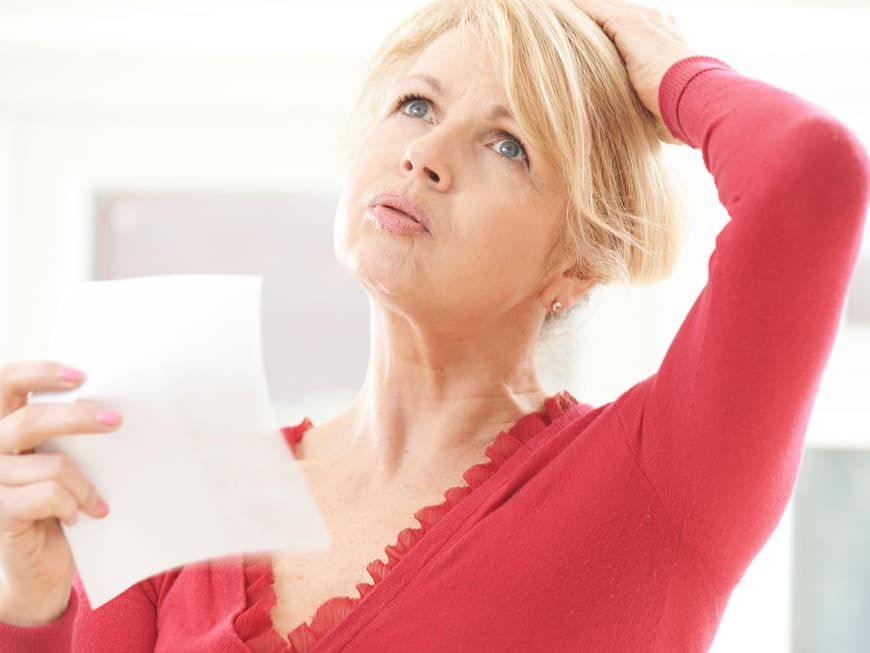
The premenopause
At first, ovulation often fails to occur, the cycle becomes shorter and fertility decreases. This phase is known as the premenopause, which begins on average at the age of 40 and lasts until the age of 45 - although some women start to experience symptoms as early as 35. Oestrogen levels are now usually still normal, but without ovulation, progesterone (corpus luteum hormone) is no longer produced. The first symptoms of this hormonal imbalance are mainly bleeding disorders - either there are no periods or they are very heavy. Breast tenderness, water retention, headaches and mood swings can also occur.
The perimenopause
This is the actual transition phase. It begins around one to two years before the menopause (this is the last spontaneous menstrual period). The cycles usually become significantly longer and the menstruation noticeably weaker. The drop in oestrogen levels changes the way you feel, and symptoms and changes typical of this stage of life occur. The most common are Hot flushes within seconds as well as night sweats, sleep disturbances, palpitations, accelerated breathing and dizzy spells. Many women also suffer from mood swings. These range from depressive moods to irritability, listlessness, aggression and nervousness. Joint pain, swollen feet due to water retention, weight gain and dry mucous membranes can also occur. This is a physical and natural ageing process and not a disease. Herbal preparations, regular physical activity or relaxation techniques can help to alleviate the symptoms. If women suffer too much, the doctor may prescribe hormones.
The postmenopause
This phase begins directly after the last menstrual period and lasts for around ten years. During this time, the hormonal balance gradually returns to normal. At around the age of 65, the issue is finally resolved and the symptoms eventually cease. However, many women now complain of tiredness, lack of drive, less ability to concentrate, heart and circulatory problems. Because of the risk of osteoporosis, you should take sufficient calcium and vitamin D.
